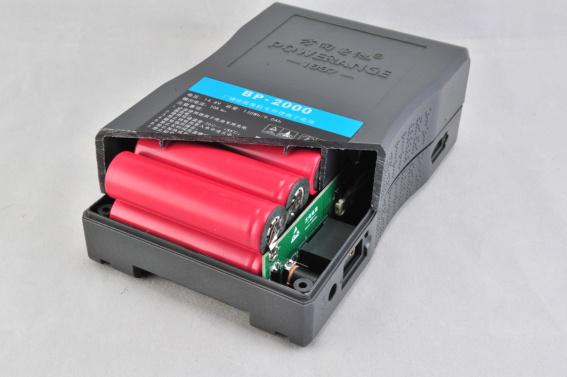Lithium battery is a kind of battery that uses lithium metal or lithium alloy as negative electrode material and uses non-aqueous electrolyte solution. Lithium-ion batteries generally use lithium alloy metal oxide as the positive electrode material, graphite as the negative electrode material, and a non-aqueous electrolyte battery. The difference between the two mainly lies in the choice of anode materials. Lithium batteries (lithium primary batteries or lithium metal batteries) use lithium metal or lithium alloy as the anode, while lithium ion batteries mainly choose graphite materials.
The lithium metal battery was first proposed and studied by Gilbert N. Lewis in 1912. In the 1970s, it was proposed and started to study lithium-ion batteries. The lithium-ion battery was first developed successfully in 1990 and commercialized in 1991. Since the chemical properties of lithium metal are very active, it can be said to insert lithium ions into carbon to form a negative electrode. In particular, currently the main positive electrode materials include lithium cobalt oxide, lithium manganate, ternary materials, lithium iron phosphate, etc., and the negative electrode materials include graphite and lithium titanate. It makes the processing, storage and use of lithium metal very demanding on the environment. And it is easy to produce lithium dendrites, widely used in various consumer electronic products such as mobile phones, cameras, notebook computers, etc., power tools, in the future will be one of the important choices of electric vehicle power sources.

Lithium batteries are divided into lithium batteries and lithium ion batteries. The formulation or revision of China's lithium-ion battery standards are very active. Usually people commonly call it lithium batteries, and real lithium batteries are dangerous because after all, batteries generally use materials containing lithium elements as electrodes, which also makes the market for lithium. The demand for the ever-increasing safety performance of ion batteries is rarely applied to daily electronic products and is the representative of modern high-performance batteries. On the other hand, this also poses more severe challenges for battery manufacturers, requiring battery manufacturers to continuously improve their level in the design, production and testing process. Nowadays mobile phones and laptops use lithium-ion batteries. But there have also been incidents of battery explosions, so I hope that lithium-ion batteries can be used in real life faster!

